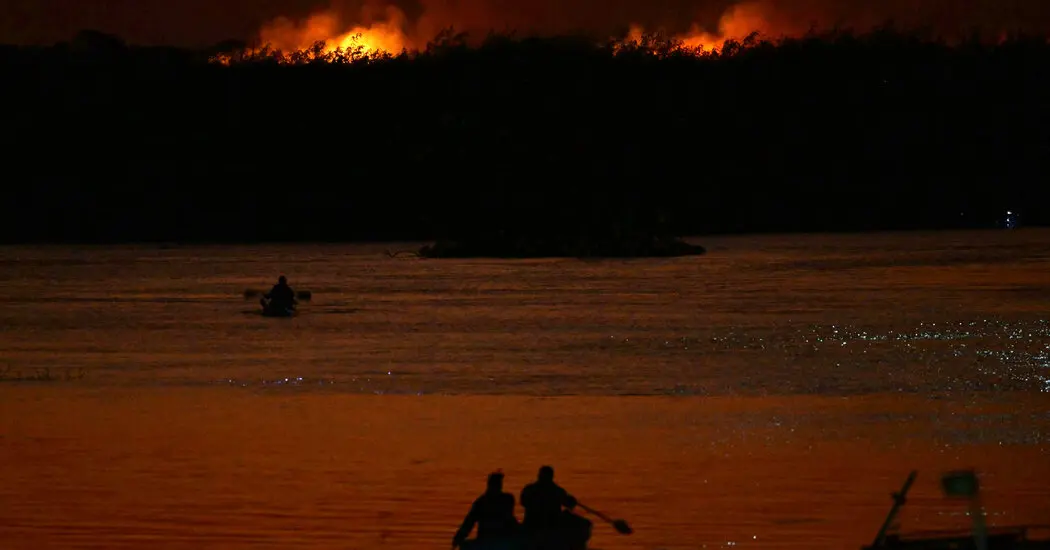cross-posted from: https://slrpnk.net/post/11370784
Scientists say the extreme conditions fueling the fires are the result of climate change. In Brazil, like elsewhere in the world, average temperatures are rising, paving the way for more drought. In parts of the Amazon, the dry season is now a month longer than in the 1970s, research shows.


This is the best summary I could come up with:
Brazil is still weeks away from its traditional fire season, but hundreds of blazes, fanned by searing temperatures, are already laying waste to the Pantanal, the world’s largest tropical wetlands, and to parts of the Amazon rainforest.
Scientists say the burning of such vast swaths of land may represent a new normal under rising global temperatures and uneven rain, making efforts to save some of the world’s most important ecosystems much harder.
The highest number of fires in at least two decades was also recorded in the Amazon and in the Cerrado savanna, a patchwork of shrubs, grasslands and gnarled trees encompassing 1.2 million square miles in Brazil’s central and northeastern regions.
But extreme weather has caused fires recklessly ignited by people to quickly spread out of control, Dr. Alencar said, “creating the ideal conditions for any spark to become a wildfire.”
Hundreds of fires are also engulfing parts of the Amazon rainforest, a crucial buffer against climate change because it captures and stores huge amounts of heat-trapping gases.
In the Amazon, deforestation, a common driver of fires, has sharply declined under President Luiz Inácio Lula da Silva, who has pledged to curb environmental destruction.
The original article contains 1,078 words, the summary contains 195 words. Saved 82%. I’m a bot and I’m open source!